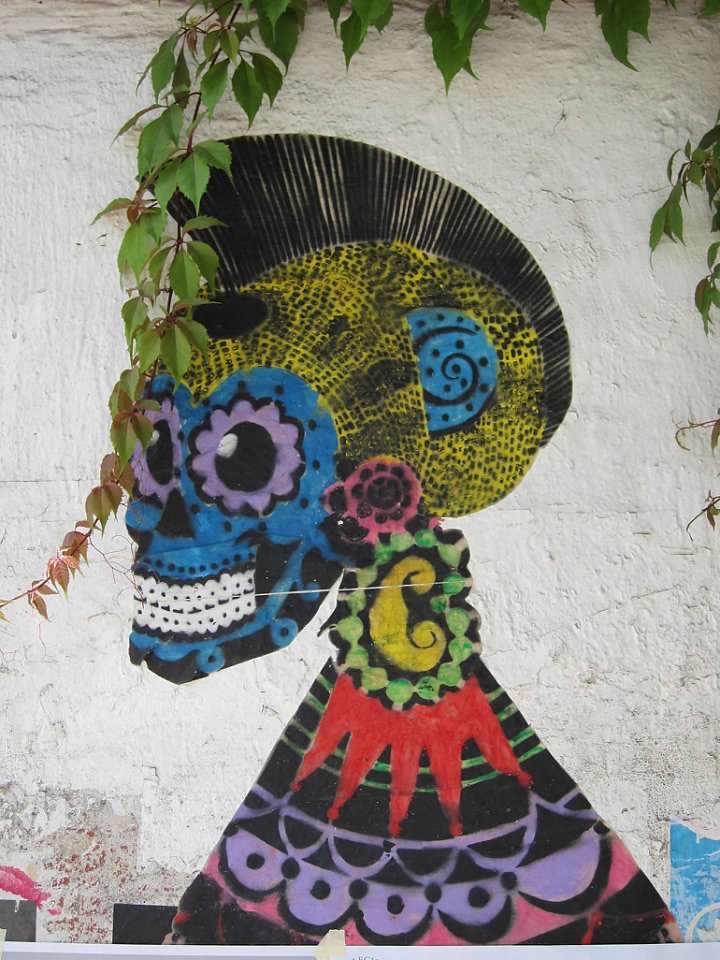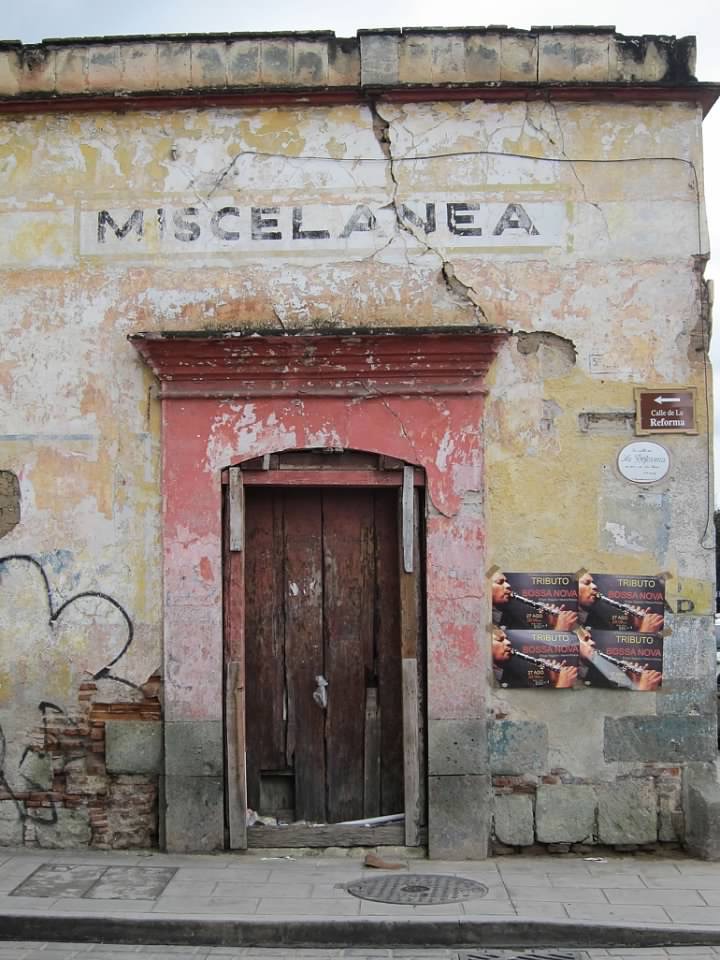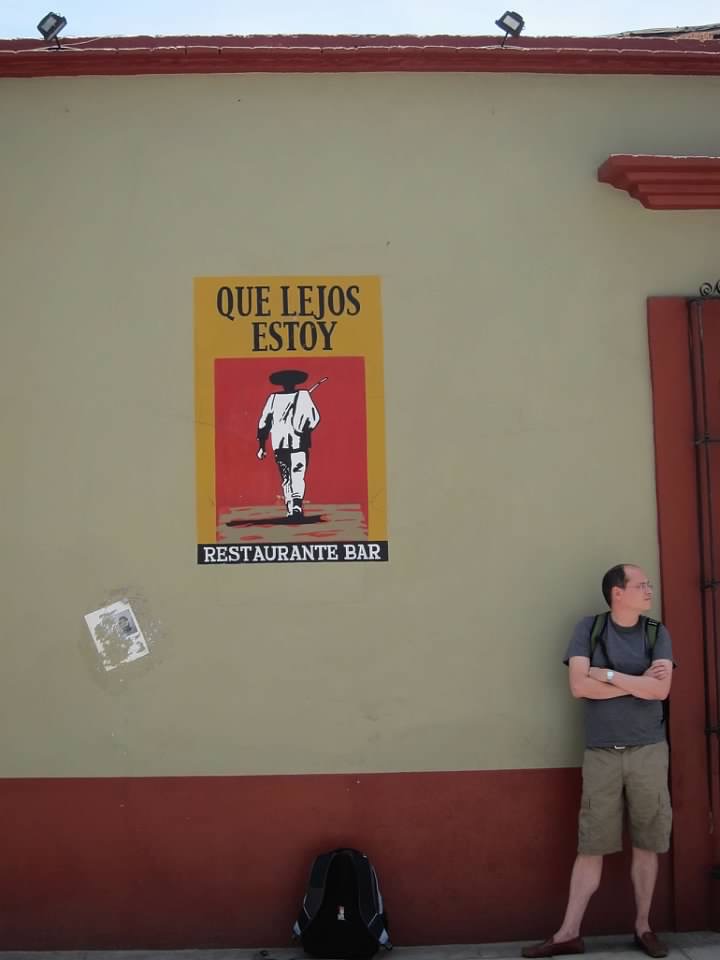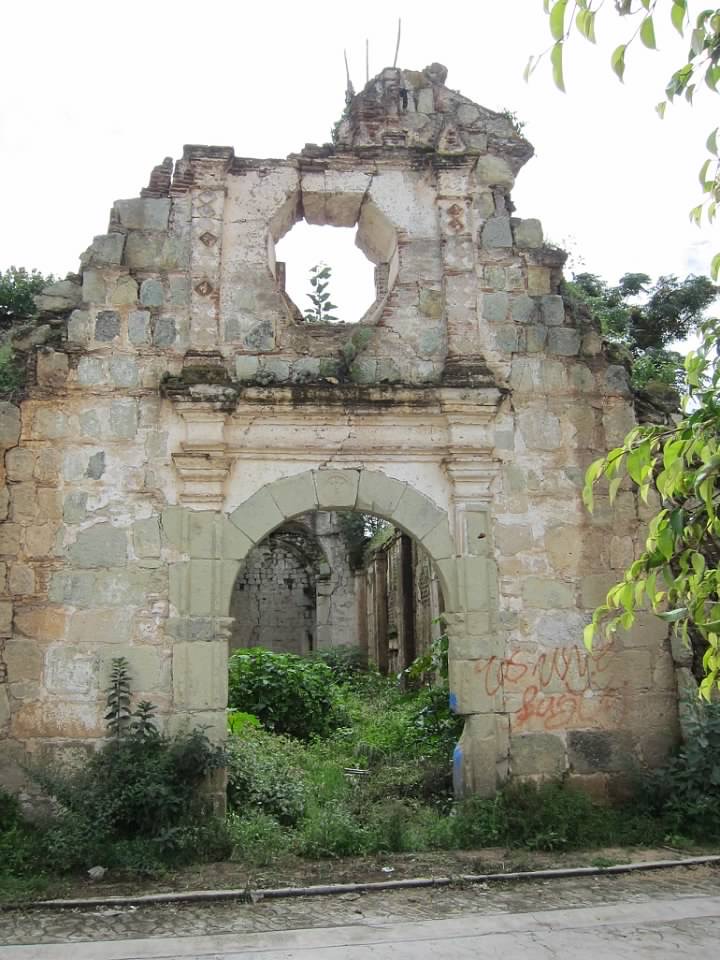
I love folklore and myth so much that I have written a book about the history of an evil spirit -the Windigo- in Indigenous religion in the United States and Canada. So every year around Halloween I do posts that focus on mysteries. I first did research in Oaxaca, Mexico back in 2004, and soon afterwards my wife chose it as the site for her anthropological field-work. For years my family and I would travel to Oaxaca. I fell in love with its Indigenous heritage, arts, culture and -perhaps most of all- food. And of course the folklore, which Hilary Morgan Leathem’s captures in her piece “Oaxacan Ruin Lore: When the Stones Come For You”
While it has now been years since I last returned to Oaxaca, this piece brought back memories of Monte Alban and Mitla. While Monte Alban is much better known, Mitla is an evocative (albeit much smaller) site. Although it can be easily viewed in an hour or less, for me the locale had an evocative, eerie feeling. What I like about Leathem’s account is how it connects these Zapotec ruins to contemporary folklore. As Leathem describes the ruins haunt the local imagination: “Yet what is quite possibly most unique about Mitla are the stories where the landscape—or, rather, the ruins themselves – do the bewitching. There are multiple accounts of Mitla’s ruins haunting locals through disturbing and vivid dreams. . . . .In every instance where the ruins have possessed people through dreams, the individual descends into an atypical form of madness. They are struck with “ruin envy” and cannot rid their minds of the ruins.”
Wall in Oaxaca City, Mexico. Circa 2011. Photo by Margaret Everett
Mexico’s Indigenous heritage is so vast, deep and influential that haunts all aspects of Mexico’s rich folklore. My family and I was once driven through Oaxaca City by a taxi driver, who told me that underneath the city there were networks of tunnels that ran from one colonial Church to many other locations. At the time I thought that the idea was absurd. Now I wonder if this particular legend is not another aspect of this Indigenous legacy. If you want to learn more not only about Mexico’s mysteries and folklore, but also its Indigenous peoples and history, I highly recommend the podcast Mexico Unexplained by Robert Bitto. In the episode, “The Mysterious Tunnels of Teotihuacan” Bitto described how over a century of explorers and archaeologists have searched for an underground network of tunnels and grottos beneath this sprawling Meso-American city. The episode is worth listening to for the sense of wonder that may be evoked by some recent finds. But more particularly, this episode made me question if the folklore if I heard from that taxi driver perhaps had its origins in the stories about the tunnels under Teotihuacan. But then, caves and the underground world have always been important in Oaxaca’s Indigenous traditions (Steele, 1997).
Since the Spanish often built their colonial churches on the temples of the Indigenous peoples, perhaps it was not impossible that there were in fact tunnels under these sacred sites in Oaxaca city. I wonder what might turn up after a flood causes a sinkhole in Oaxaca someday. After all, wasn’t the Templo Mayor in Mexico City uncovered by electrical workers entirely by accident in 1978? There is so much missing and hidden in Mexico. And it is not only ruins that haunt the country’s imagination, but also tales of lost cities and islands. 
Mexican bar sign, Oaxaca City, Mexico. Photo by Margaret Everett around 2013.
If you want to hear about another mystery, please read this post on the Vela Incident. Or if you are interested in hearing more about global topics, please listen to my podcast, Dispatch 7. You can find it on Spotify here, or by searching whichever podcast platform you prefer.
Reference:
Steele, J. F. (1997). Cave Rituals in Oaxaca, Mexico. Conference paper, presented at the Society for American Archaeology conference in Nashville, TN.

